Hardware solution: 450 watt limit via the adapter
If you use the adapter with only 3 rails and internal sideband limiting, the card automatically becomes a pure 450 watt card. The firmware also uses the maximum value of 450 watts stored for this case. We can see that all three relevant power limits have a value of 450 watts. At 44.05 FPS, the game runs only marginally slower than the original version.
I still measure 422.4 watts and am therefore only slightly below the 450 watt limit. However, the spikes go up to just under 570 watts, which is just over 30 watts below the 500 watt limit.
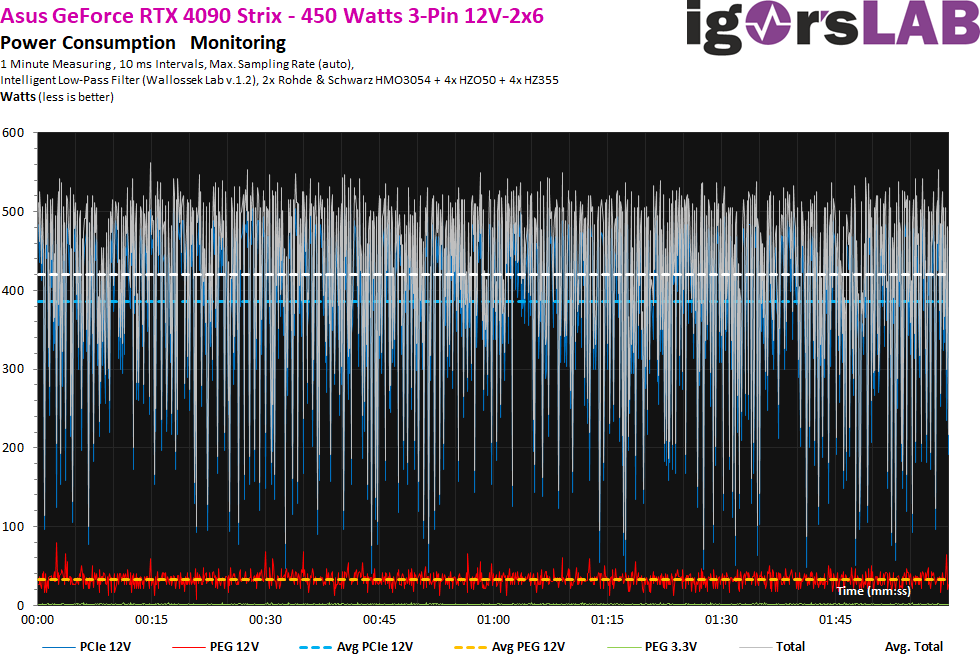
The current is cut at 40 to 41 watts, but averages just over 32 amps without the 3.3V rail with almost 3 amps.

Software solution: 450 watts as default with the MSI Afterburner
But what happens with the original 4-rail adapter and a purely software-based limitation? The set (Current Power Limit) and the target (Requested Power Limit) are now at the set 450 watts (90%), but the default power limit is still at 500 watts because this has been permanently stored as such in the firmware:
The power consumption drops slightly and is now still 368.9 watts! That’s almost 54 watts less than with rail limiting! The gaming performance of 44.03 FPS is almost exactly the same as the hardware solution and therefore fully within the tolerance range. So the game runs just as fast! But what’s behind this? The spikes are reduced to just under 505 watts. This is almost 100 watts less than the original card!

If we now look at the currents, we can see that the cuts now occur at 31 to 32 amps and the average is just over 27 amps. Here too, the 3.3V rail is at an additional 3 amps. The rest of the power consumption above, including the spikes, comes from the voltage fluctuation as a multiplier.

Interim conclusion
The software solution regulates much finer and harder than the hardware implementation. The gaming performance is virtually identical, only the power consumption is reduced by well over 50 watts and the load peaks are even reduced by around 100 watts! This means that the Strix, slowed down by the Afterburner, is even more economical than an equally fast KFA2 RTX 4090 SG 1-Clock OC with 450 watts factory limit! If you try both hardware and software limits with the Strix, you’ll be disappointed. You don’t have anything to turn down or it generally gets less overall when you go below 100%. But you can also go even lower and then use a bit of each. See next page, the explanation for this can be found on the last page.



















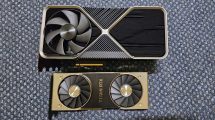
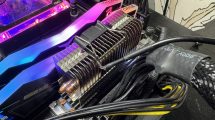
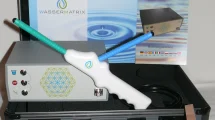





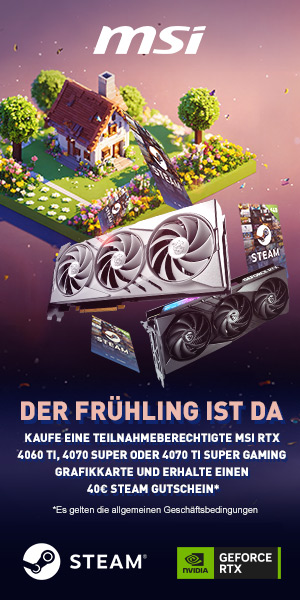







180 Antworten
Kommentar
Lade neue Kommentare
Urgestein
Veteran
1
Urgestein
Urgestein
Urgestein
Neuling
Urgestein
Mitglied
Veteran
Mitglied
Urgestein
Urgestein
1
1
Urgestein
Urgestein
Urgestein
Urgestein
Alle Kommentare lesen unter igor´sLAB Community →